

Engage prospects with a scan and streamline customer engagement with FREE QR code marketing tools by Sona – no strings attached!
Create a Free QR CodeFree consultation

No commitment

Engage prospects with a scan and streamline customer engagement with FREE QR code marketing tools by Sona – no strings attached!
Create a Free QR CodeFree consultation

No commitment
Appliance refinishing services are seeing increased demand as homeowners and property managers look to extend the lifespan of appliances, improve appearance, and reduce costs compared to replacement. Many refinishing teams confront challenges in maintaining technician efficiency, ensuring every touchpoint is captured, and delivering consistently seamless experiences for clients who expect digital convenience alongside expert craftsmanship.
Despite advances in digital engagement, appliance refinishing crews often rely on manual paperwork, static checklists, and paper-based training guides, leaving valuable technician activities and customer intent untracked. This results in missed high-value prospects, loss of visibility into actual site visits and engagement, and an inability to segment which clients are ready for upsell or aftercare, leading to lost revenue and customer dissatisfaction.
QR codes now serve as a robust bridge, linking physical job sites, work orders, and marketing materials with up-to-date digital resources, instant support, and actionable analytics. Strategic deployment of QR codes, from service tickets and job sheets to aftercare instructions, elevates operational oversight and the customer journey. This guide shows how thoughtfully integrated QR strategies help appliance refinishing services modernize workflows, recover missed opportunities, and foster loyalty through smarter touchpoints, including similar home repair QR codes.
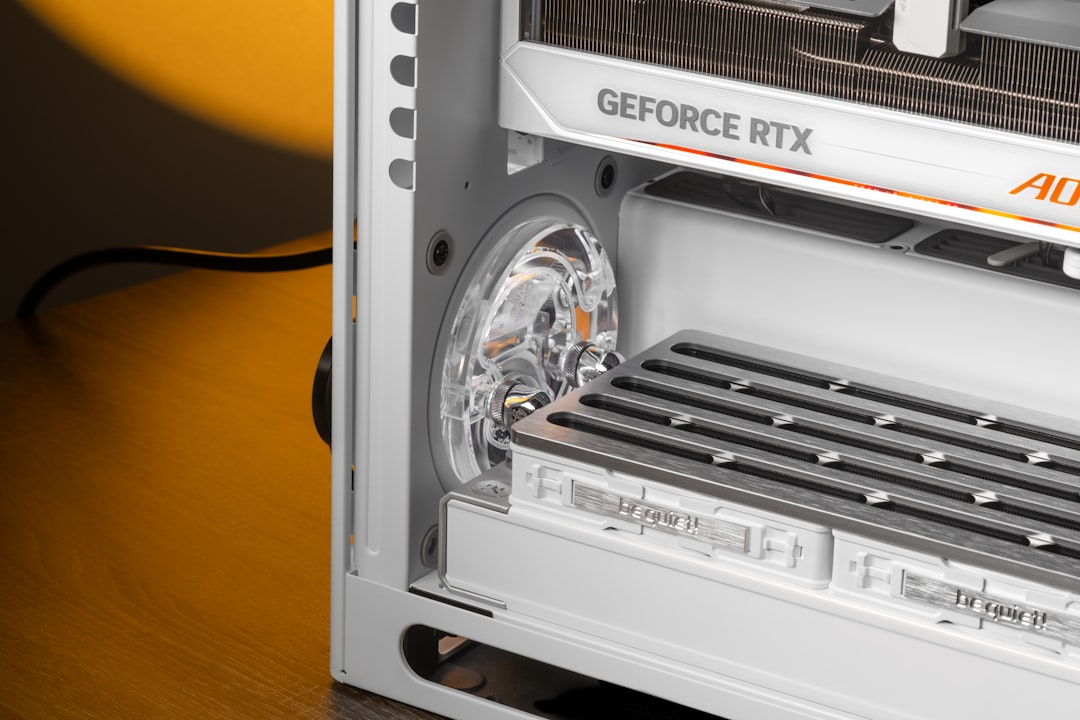
For appliance refinishing businesses, manual processes often lead to overlooked follow-ups, inconsistent job quality, and an incomplete record of technician actions. These gaps can generate frustration for both service managers and technicians, who lack easy access to updated procedures or documentation during a job. QR codes reduce friction in the field by connecting every physical step of the job to the right digital resource in a single scan.
Replacing printed manuals and duplicate job checklists with digital workflows via QR codes boosts technician productivity and ensures crucial task completion is captured reliably. You can standardize field execution, accelerate troubleshooting, and make onboarding simpler, without asking technicians to install new apps or memorize multiple logins. The result is fewer errors, faster job times, and better documentation.
By integrating QR codes into daily workflows, refinishing managers create a support system that works in real time. Every scan becomes an opportunity to educate, verify, and improve, while every technician gains quick access to what they need to deliver consistent quality.
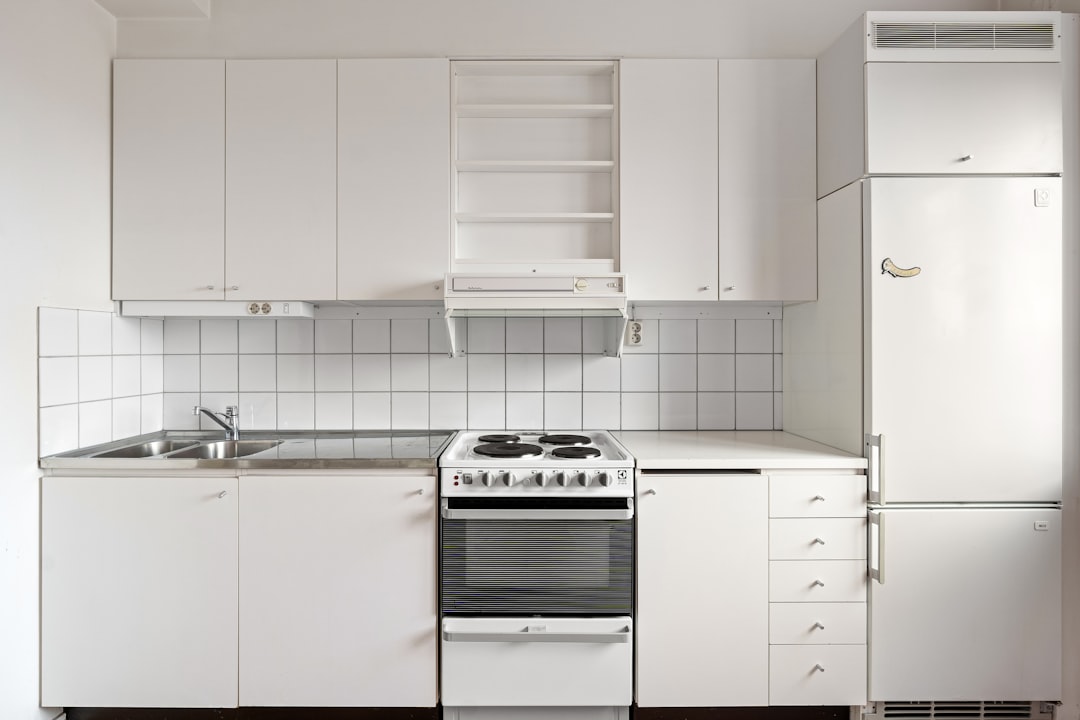
Appliance refinishing teams frequently struggle to track offline customer and technician engagement, a challenge that scales with every paper-based form, unreported site visit, or overlooked field report. Without a reliable way to connect those moments to digital systems, leads are lost, issues go unresolved, and opportunities for aftercare or upsell slip away. QR codes close these gaps by turning every piece of paper, surface, and package into a gateway for action.
In addition to operational efficiency, QR codes also meet the expectations of today’s customers. People want quick, app-free interactions that work across any device. A single scan lets them register a warranty, learn aftercare, or submit a review in seconds. Service owners gain visibility into what matters to clients and technicians, so they can improve experiences while making smarter investments in training and marketing.
By placing QR codes on high-leverage touchpoints such as appointment cards, on-site labels, and service summaries, appliance refinishing businesses capture more intent, speed up service delivery, and measure what used to be invisible. The payoff is better customer experiences and a data-driven view of the field.
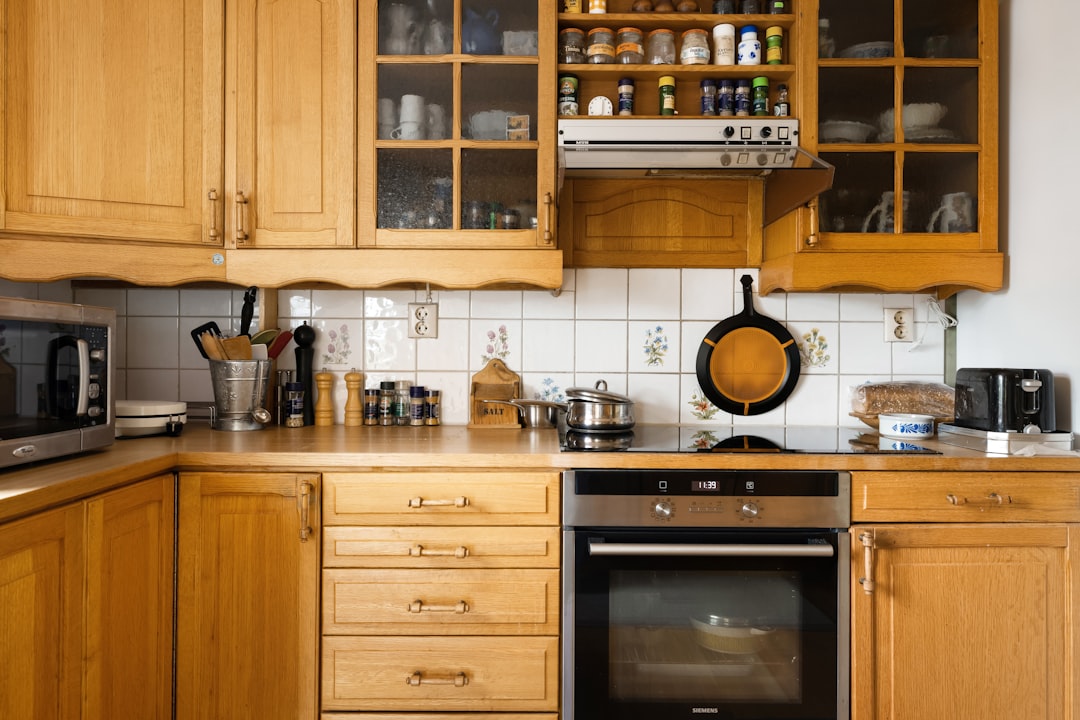
Staying ahead in appliance refinishing requires tools that empower both technicians and clients. The right QR formats support everything from technician enablement to customer follow-up, with destinations that match the moment. A small set of standard code types can cover most needs on the job and in the office.
Dynamic QR codes are especially valuable since they allow you to change destinations as processes evolve, and they provide analytics for performance tracking. Static codes still have a place for evergreen resources like your homepage or a general gallery, but most service-critical workflows benefit from dynamic flexibility.
Dynamic QR services solve the “content-out-of-date” challenge by allowing real-time updates and robust analytics. With a platform like Sona QR, you can manage all formats in one dashboard, adjust destinations as your SOPs change, and record scan behavior across teams and locations.
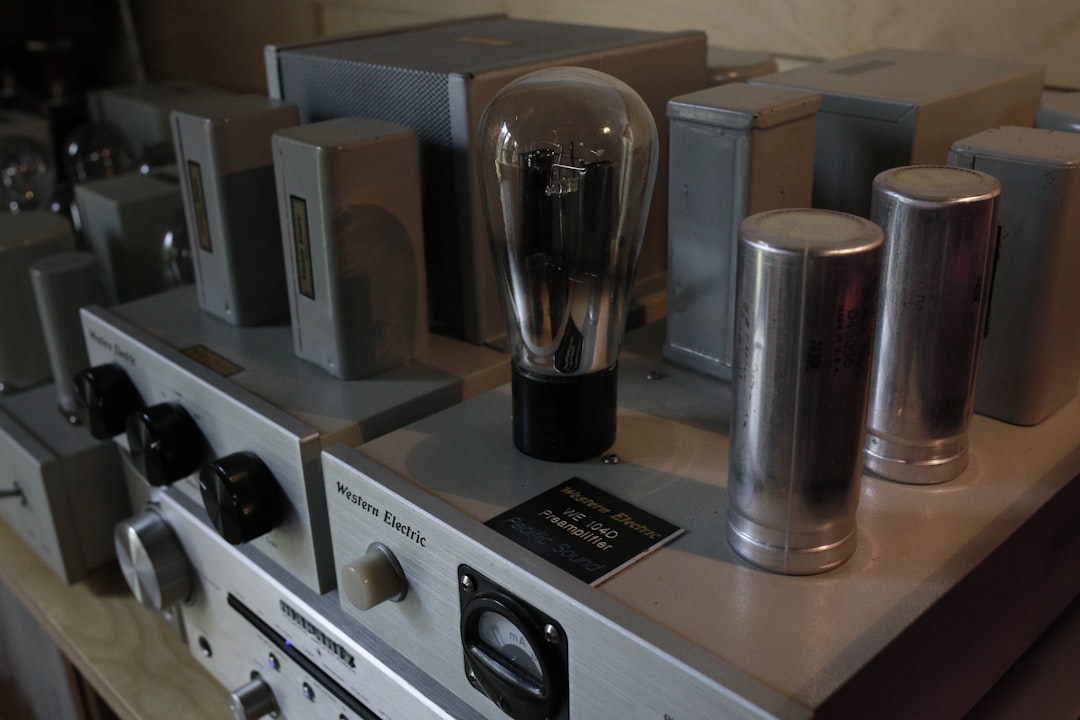
Growth in appliance refinishing is often constrained by unknown demand signals and poor attribution. When a homeowner reads an aftercare card and considers additional services, or a property manager views a finish gallery after receiving a mailer, those actions frequently go undetected. QR codes illuminate these moments so you can segment audiences, prioritize outreach, and generate more qualified work.
Smart placement is the key. Deploy codes at intersection points where interest naturally spikes, such as when a client inspects a freshly refinished surface or when a technician prepares materials. Each scan captures context and intent that your business can act on immediately.
Purposeful QR code placement ensures that every scan captures valuable intent at the moment it forms. Feed these signals into your CRM and marketing automation so sales follow-ups and campaigns become timely, relevant, and easier to track.
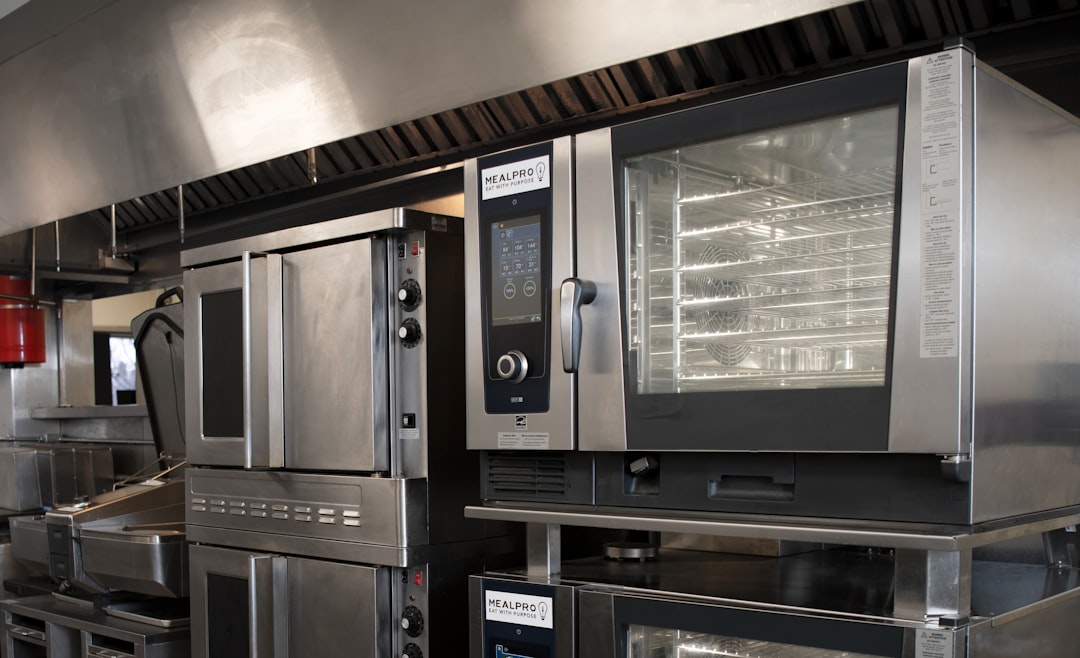
Painful onboarding for new technicians, minimal post-service engagement, and underused cross-sell opportunities are persistent hurdles for appliance refinishing providers. QR codes act as a practical, low-friction layer inside existing workflows, making training, customer support, and growth activities more effective without adding complexity.
Focus on use cases that occur repeatedly in your operations. When QR interactions become second nature for your technicians and clients, your team gains a consistent stream of data and a better path to predictable outcomes.
Smart deployment at these pain points ensures support, follow-up, and recurring revenue channels are actively nurtured. Over time, you will see fewer missed opportunities and a more predictable pipeline from both new and existing customers.
A common frustration for refinishing providers is losing revenue because customer actions were never tracked. When a renter scans an aftercare card, a property manager browses multifamily pricing, or a homeowner looks at a finish gallery, these are meaningful signals. QR codes make those moments measurable so you can segment audiences and automate relevant follow-up.
Each scan tells a story about who the person is and what they need next. By deploying codes across the journey, you can automatically tag contacts and pipe them into the right nurture streams. This turns formerly anonymous offline actions into targeted marketing opportunities.
In practice, each scan is a micro-conversion that fuels smarter outreach. Over time, scan signals compound into a robust database of intent, making it easier to prioritize high-fit accounts and keep existing clients engaged.
Appliance refinishing businesses often waste marketing spend because print and digital efforts do not speak to each other. A beautiful brochure or mailer may spark interest, but without a direct path to act, attribution disappears. QR codes close this loop by connecting every offline asset to a measurable digital destination. For strategy, read Sona’s blog post titled The Essential Guide to Offline Attribution: Maximizing ROI Through Offline Channels.
When you add codes to your existing materials, the goal is to reduce friction and clarify the next step. A scan should feel obvious and rewarding. With cross-channel analytics, you can learn which placements drive engagement and optimize budget allocation accordingly.
QR codes serve as the offline onramp to your digital marketing engine. A centralized platform like Sona QR helps you manage all codes, monitor performance across channels, and sync scan data with your CRM and ad platforms for a connected, measurable funnel.
Launching a QR initiative is most effective when you approach it like any other campaign: define the goal, choose the right format, design for the environment, deploy thoughtfully, and measure relentlessly. The steps below translate directly to appliance refinishing workflows and can be repeated across use cases.
A structured process ensures your team avoids common pitfalls such as unclear calls to action, poor placement, or lack of analytics. Use this checklist to align stakeholders, keep timelines tight, and ensure every code contributes to business outcomes.
Start by defining a single clear goal. Think in terms of one job-to-be-done: faster technician onboarding, higher aftercare engagement, more reviews, or better lead capture from brochures. Resist the urge to solve everything at once. Clarity up front leads to stronger adoption and better measurement.
Choose static or dynamic codes based on your need for updates and measurement. Static codes are suitable for evergreen content that rarely changes, while dynamic codes let you update links and capture analytics without reprinting.
Design for real-world conditions. A QR code in a dim garage or on a glossy card needs contrast, white space, and clear instructions. Make sure it is brand-aligned but always prioritize scannability.
Place the code where attention naturally falls and where scanning is convenient. Think through the physical flow of the job or the customer journey and meet users at those moments.
Measurement is what turns QR codes from a convenience into a performance channel. Watch both scan rates and downstream actions like form submissions or bookings. Iterate quickly based on what you learn.
This methodical approach ensures every pain point, from missing follow-ups to inconsistent training, is addressed with a repeatable framework. Over time, you will build a library of proven patterns that drive predictable results across technician support, customer engagement, and revenue.
A major pain point in appliance refinishing is the inability to connect physical service activities to revenue generation. Without a tight feedback loop, you know a brochure was handed out or a sticker was placed, but not whether those assets drove appointments, reviews, or upgrades. QR analytics change this by tying every scan to downstream outcomes that matter.
With the right platform and integrations, QR codes become part of your attribution model. You can see which codes lead to estimates, which training links reduce job errors, and which aftercare guides improve satisfaction. This gives leaders confidence to allocate budget, refine messaging, and standardize best practices.
Start creating QR codes for free.
A lack of detailed attribution and inconsistent deployment can limit the value of QR codes. Small process improvements have an outsized impact, especially when you align codes with the most frequent physical materials in your business, like invoices, job packets, and aftercare cards.
Focus on making scans predictable and rewarding. Clear calls to action, unique codes for each asset, and automated follow-ups are the core ingredients of a high-performing program.
Creative deployment ideas include placing QR codes on eco-friendly refinishing kits that open a safety and usage guide, or adding “Scan to review your experience” codes on invoices to boost local search visibility. As adoption grows, your dataset of scan behavior will reveal where to optimize next.
QR codes have evolved from novelty to foundational tool for modern appliance refinishing services, directly addressing inefficiencies that once hampered technician productivity, customer engagement, and operational transparency. By tying every field interaction and printed asset to a trackable digital action, refinishing businesses make each process measurable and each customer journey more seamless. The benefits include targeted follow-ups, better segmentation, and a smoother path from first contact to repeat service.
By embedding QR codes thoughtfully across technician, customer, and marketing touchpoints, appliance refinishing services can resolve underlying pain points, from lost tracking of high-value prospects to incomplete reporting on technician engagement. As each scan adds a layer of insight and a trigger for action, providers move toward a smarter, more connected model where every interaction is leveraged for growth, efficiency, and consistent satisfaction. When you are ready to operationalize this at scale, platforms like Sona QR and Sona offer the tools to manage codes, measure performance, and connect scans to revenue so your QR strategy becomes a durable competitive advantage.
QR codes have revolutionized appliance refinishing services by streamlining technician support and enhancing operational efficiency. From instant access to repair manuals to real-time job updates, QR codes empower technicians to work smarter, reduce errors, and deliver faster, higher-quality service. Imagine technicians instantly retrieving precise refinishing protocols on-site, minimizing downtime and boosting customer satisfaction.
With Sona QR, you can create dynamic, trackable QR codes that update instantly without reprinting, allowing you to adapt training resources and job instructions on the fly. Every scan provides valuable data to optimize workflows and measure technician performance, turning daily tasks into measurable improvements. Start for free with Sona QR today and transform your appliance refinishing services into a seamless, data-driven operation that supports your technicians and delights your customers.
Appliance refinishing involves extending the lifespan and improving the appearance of appliances by applying new finishes, supported by expert craftsmanship and digital tools like QR codes to ensure consistent quality and efficient workflows.
Look for refinishing services that combine expert craftsmanship with modern digital tools such as QR codes for technician support, quality control, and seamless customer engagement to ensure consistent and trackable service delivery.
Refinishing appliances reduces costs compared to replacement, extends appliance lifespan, improves appearance, minimizes waste, and allows for faster service times with fewer errors through standardized workflows.
The article does not specify average costs for appliance refinishing services.
Appliances suitable for refinishing typically need surface restoration to improve appearance or extend lifespan; however, the article does not provide specific criteria for candidate selection.
Use Sona QR's trackable codes to improve customer acquisition and engagement today.
Create Your FREE Trackable QR Code in SecondsJoin results-focused teams combining Sona Platform automation with advanced Google Ads strategies to scale lead generation

Connect your existing CRM

Free Account Enrichment

No setup fees
No commitment required

Free consultation

Get a custom Google Ads roadmap for your business






Launch campaigns that generate qualified leads in 30 days or less.
